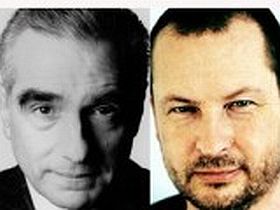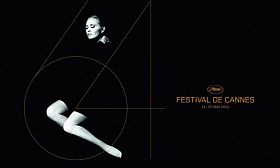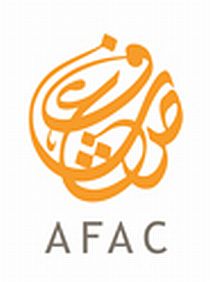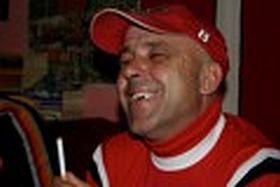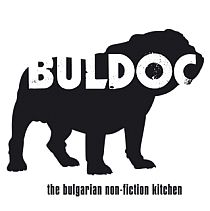Det er et vildt projekt, et meget modigt foretagende. At åbne en film med i en omhyggeligt arrangeret troskyldighed at begynde en selvbiografi og så gøre den muntrere og muntrere, flere gange dobbeltbundet farligere og farligere og anbringe hele konstruktionen i en stor litterær sammenhæng og fuldende den i et kærlighedsindsigtens drama, som er alt andet end troskyldig og langt mere end en personlig eller blot privat erindring.
Alt andet og langt mere. Men hvad så? Nu bliver det svært. Et sted i Morten Henriksens spindelvæv af en film, klæbende og irriterende og overdådig smuk, inde i laget af samtale mellem søn og far, mellem filminstruktør og litterat spørger Morten Henriksen: “Betingelsen for samtalerne var, at jeg troede på det?” Og Aage Henriksen svarer: “Ja, at du gav det en mulighed… uden at reagere negativt og kritisk.” Kun i hengivelsen kan fortællingen blive til.
Filmen rammer og rummer dette usigelige, som vi skal give en mulighed. Hvad er det så? Vil man naturligvis spørge. Og der må svares, at det jo netop ikke kan siges, ikke kan skrives. Men i filmen findes det fanget ind og pakket i spindelvæv. Se selv efter! Og læs så bogen, for i den er vigtige dele af dialogen fastholdt til læsning om og om og dernæst videre i flere af litteratens og digterens bøger.
Personerne er altså filmens instruktør, Morten Henriksen og hans far, litteraten Aage Henriksen. Og selvfølgelig Aage Henriksen og Karen Blixen, litteraten og digteren, fremstillet dels af dem selv og dels af Ole Lemmeke og Birthe Neumann. Det danner en række fortællinger om afgørende relationer: sønnen og faderen, litteraten og digteren, Aage Henriksen og Karen Blixen og sammenvævede specielle og generelle temaer, familiehistorie, kunstvidenskab og kunsthistorie plus vigtige bidrag til skildringen af Blixen og især et stort og dybt fascinerende portræt af Aage Henriksen, fortsat skabende i feltet mellem videnskab og essay.
Still: Lemmeke og Neumann som litteraten og digteren i et øjeblik af den 10 år lange samtale, som filmen undersøger på det underfundigste. Klogt og besindigt.
Morten Henriksen: Bag Blixens maske, Danmark 2011, 54 min. Filmen kan ses i fire biografer, i Aalborg, Aarhus, Odense og København.
Litt.: Morten Henriksen: Bag Blixens Maske, samtale med Aage Henriksen (2010), Aage Henriksen: Budbringersken, samlede essays om Karen Blixen (2008)



